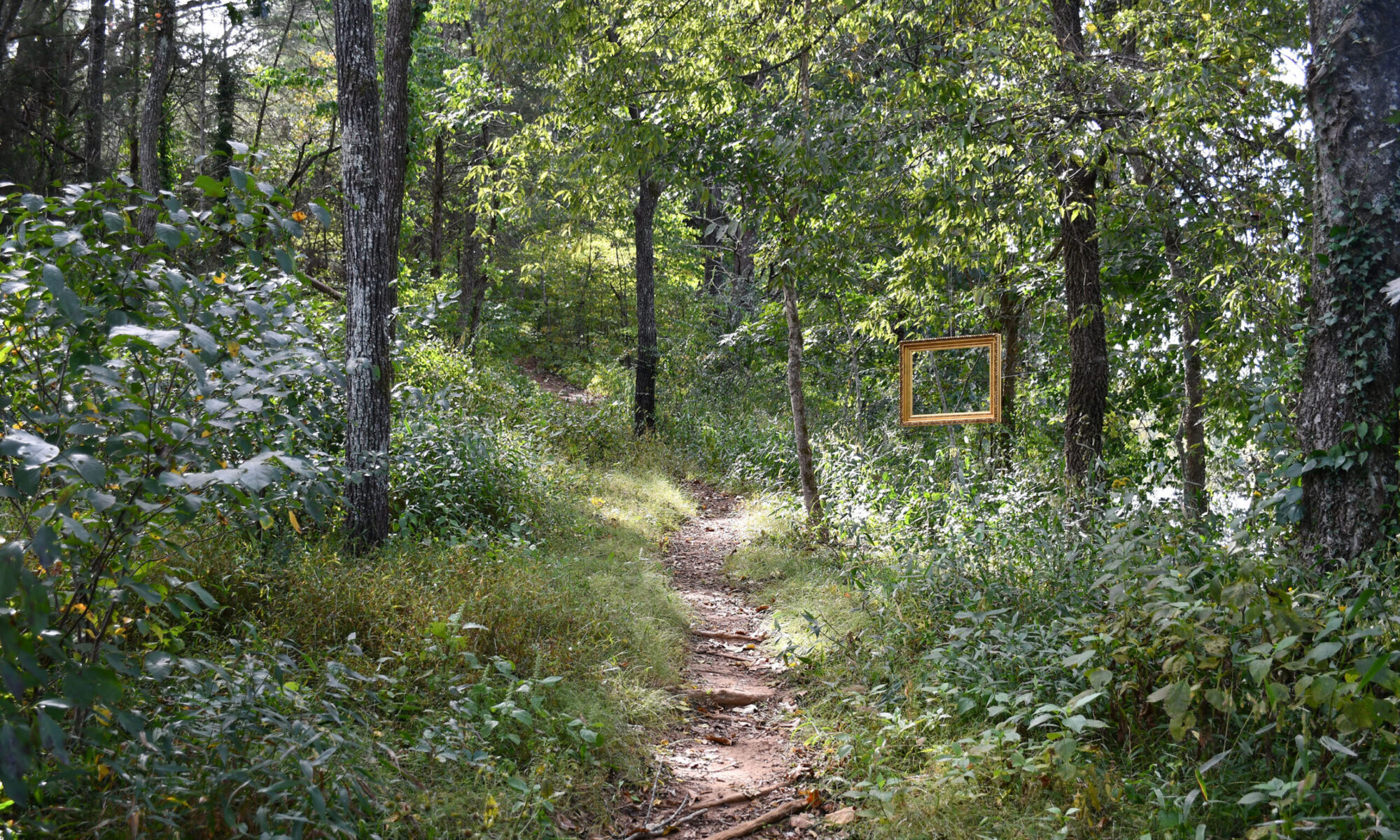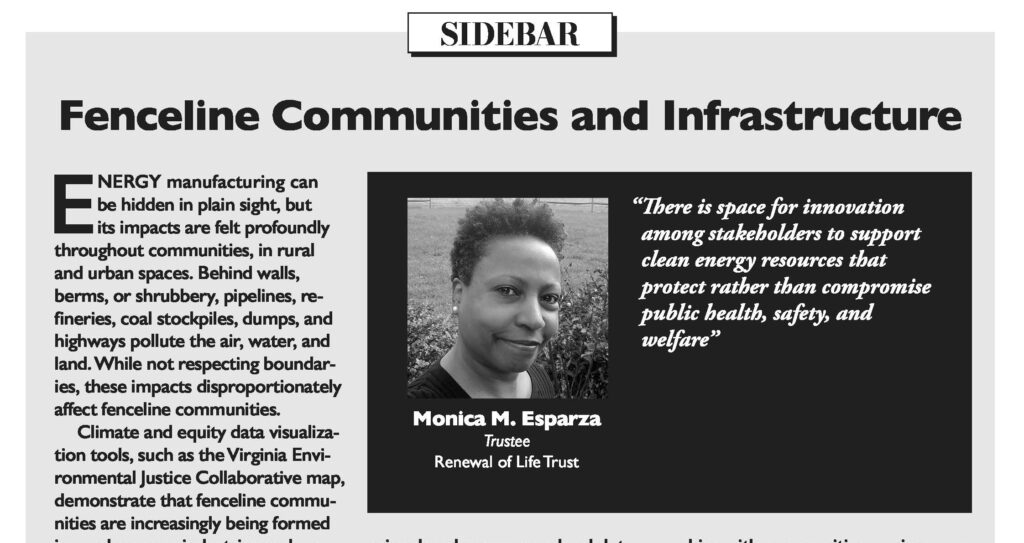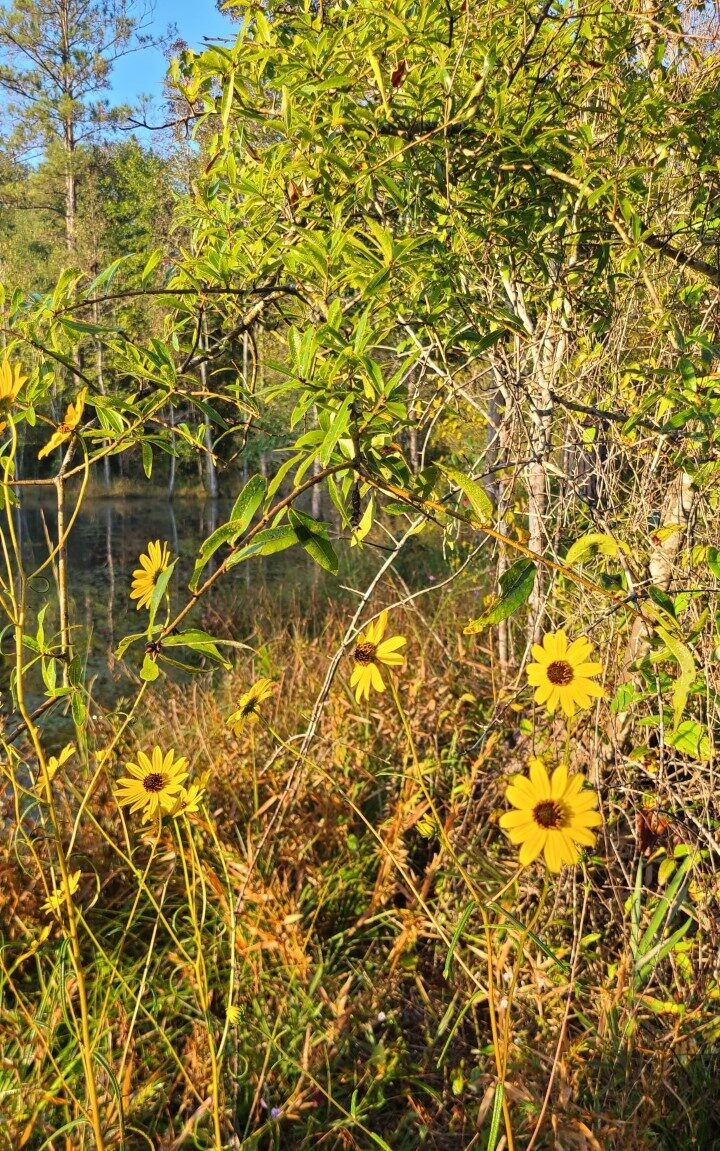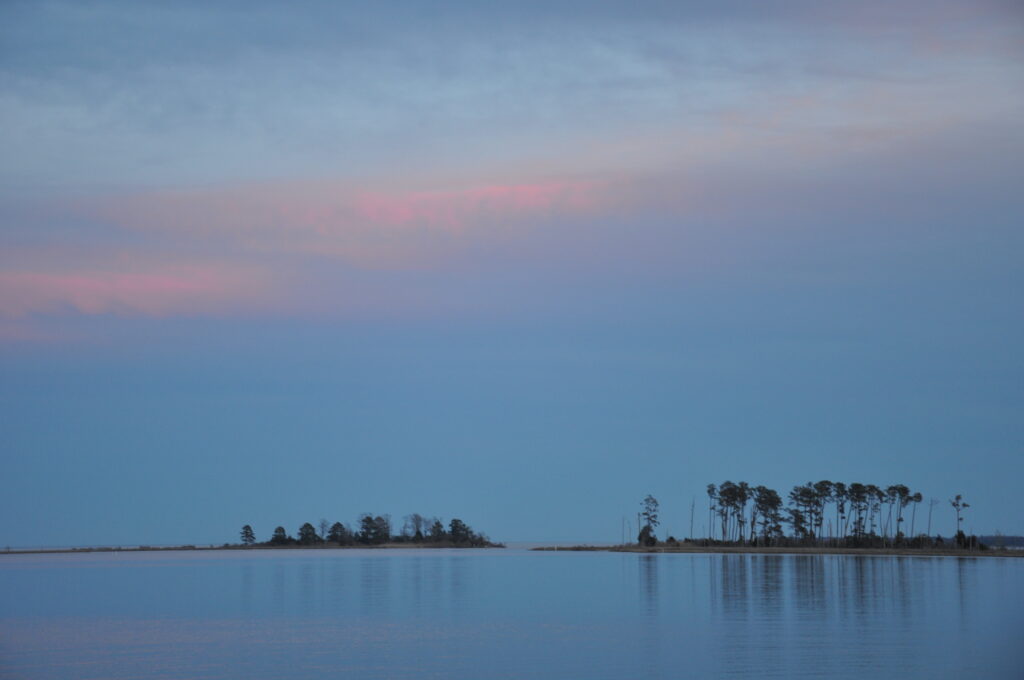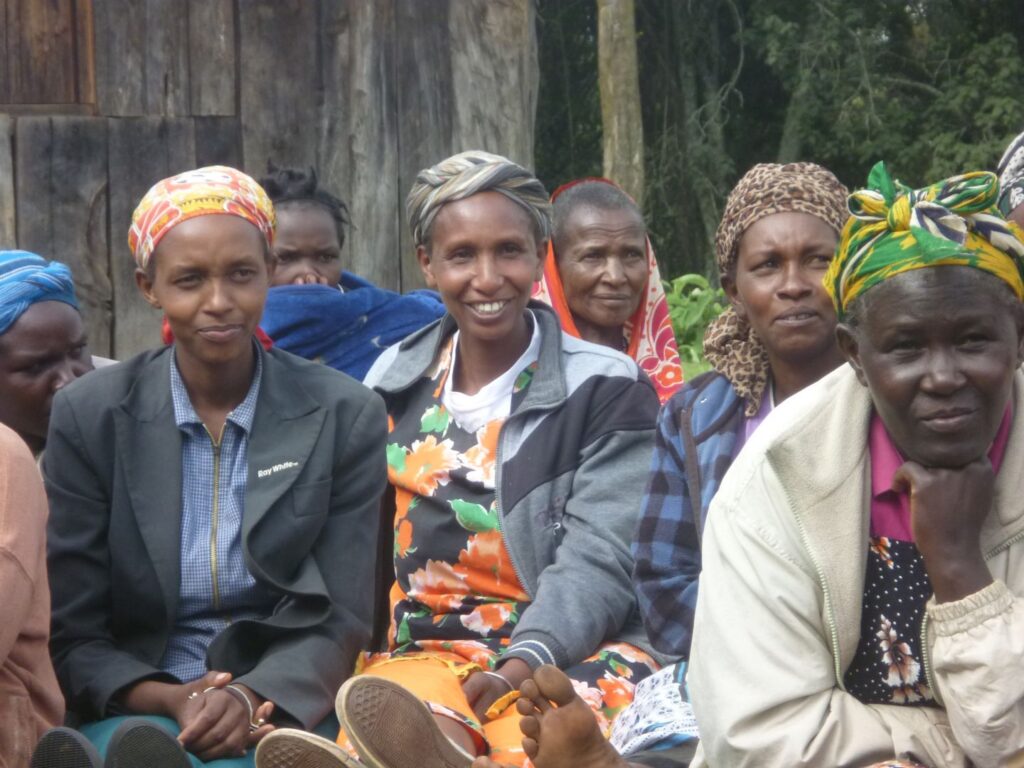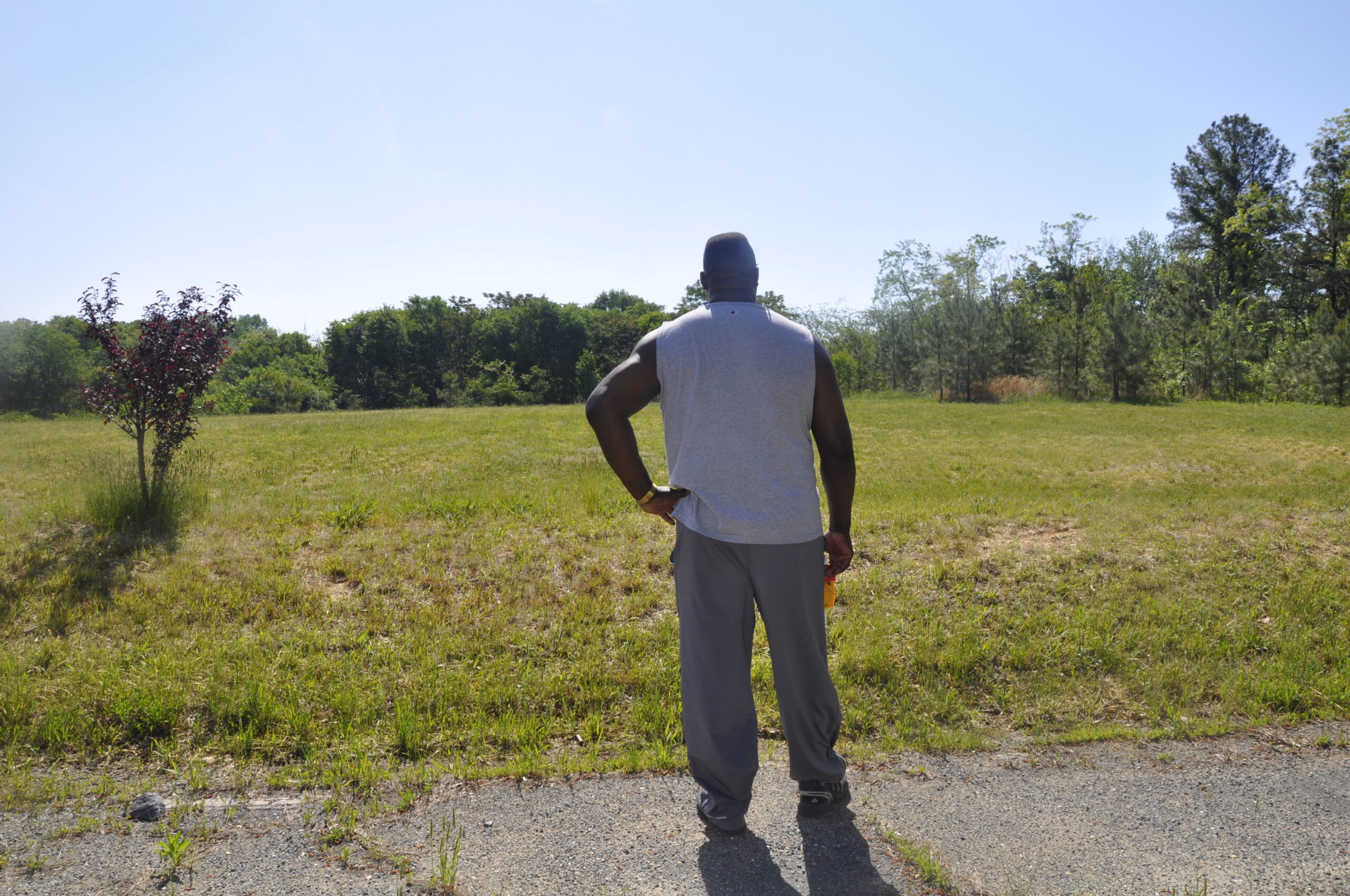Dr. Martin Luther King Jr. is celebrated annually on January 15th. The Drum Major for Justice and Noble Peace Prize winner is honorably recognized for committing his life for humanitarian cause. The term civil rights is often used to identify his lane of legacy, aligned with the Civil Rights Act of 1875 and in his time, the Civil Rights Act of 1964; sweeping legislation that attempted to enact American justice. Change happened. Society envelopes hope in the ideals of democratic (executive, legislative and judicial) process. Forward direction of the people counted most then, and now.
In 2023 we were involved in local processes to protect the civil rights legacy of Hickory Hill School; a stellar example of legacy and forward direction. Hickory Hill School was part of the sweep of empowered communities that made a difference for themselves and others. The school was likely founded within a bush harbor church before a school house teacher was hired in 1850. In 1915, self determined African American families donated land to erect the first official elementary school in the county; later to become a high school as Virginia State University’s County Training School for Negroes moved to Hickory Hill in 1924. In the era of segregation, teachers from Hickory Hill School won a nationally recognized civil rights case to equalize principal and teacher salaries in the U.S. Court of Appeals. For over 100 years, Hickory Hill’s legacy portrayed self reliance and fortitude when democratic process stalled.
Legacy is a sustainability value that fueled Southside residents when local officials not respecting boundaries advocated to sight a fire burn facility on the 7 acres site of the former Hickory Hill School; presently operating as a community center (media below). Residents and land owners of the fenceline community opposed the action and fought to protect our very precious greenspace from industrial infringement. The burn facility was halted, though zoning changes remains concerning. On a positive note, Hickory Hill School received historic designation. We, in fellowship with the Southside Joint Civic Association and residents of Richmond, VA at large are reminded that equity, justice, civil rights and human rights are a continual flex. So, take lessons from the past and remember to stand … self determined, self reliant and with fortitude in the face of adversity.
RICHMOND FREE PRESS
https://richmondfreepress.com/news/2023/mar/30/hickory-hill-community-opposes-planned-fire-traini/
https://richmondfreepress.com/news/2023/aug/03/city-reverses-course-hickory-hill/
WRIC NEWS
VIRGINIA MERCURY
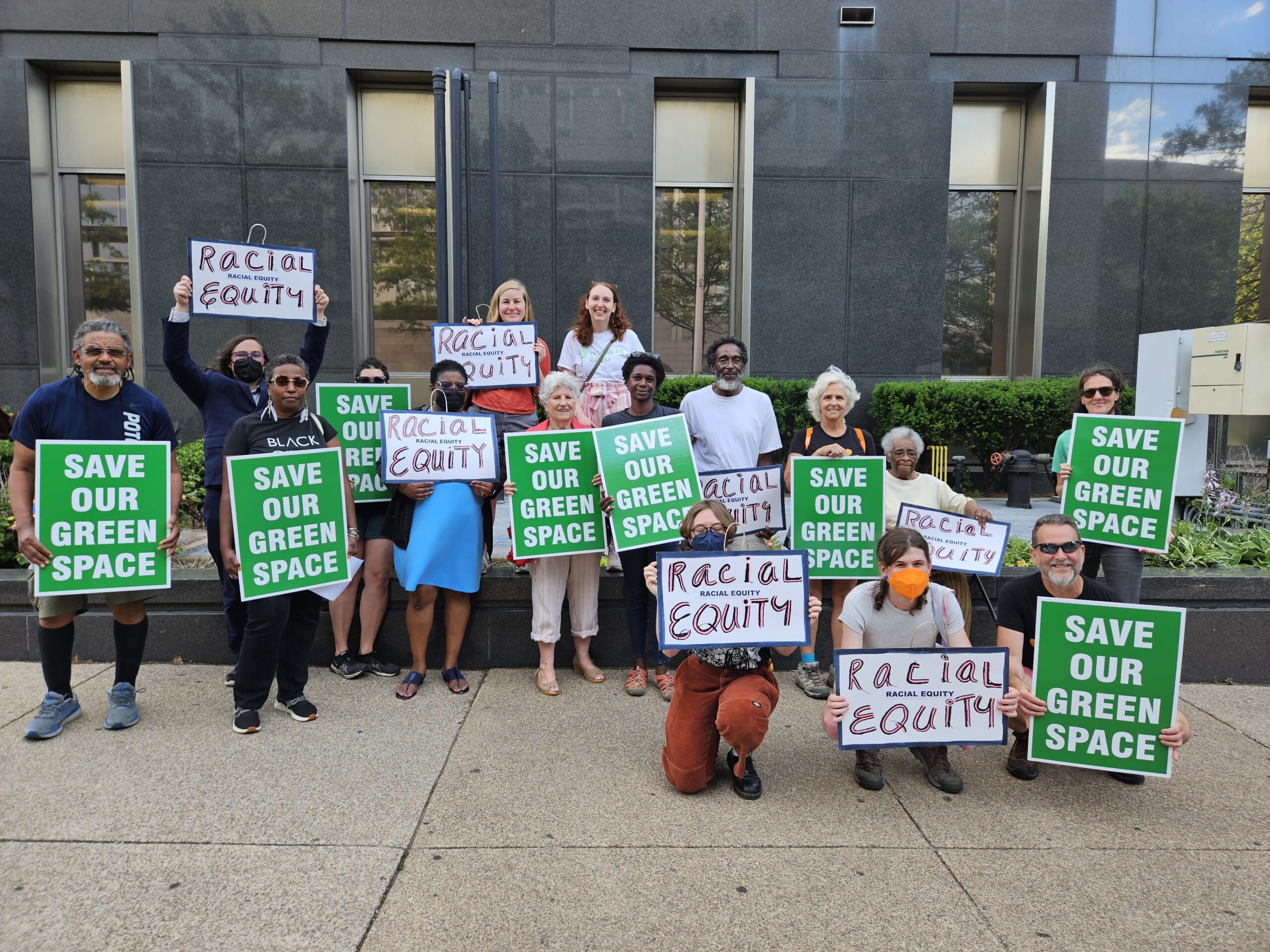
RICHMOND TIMES
